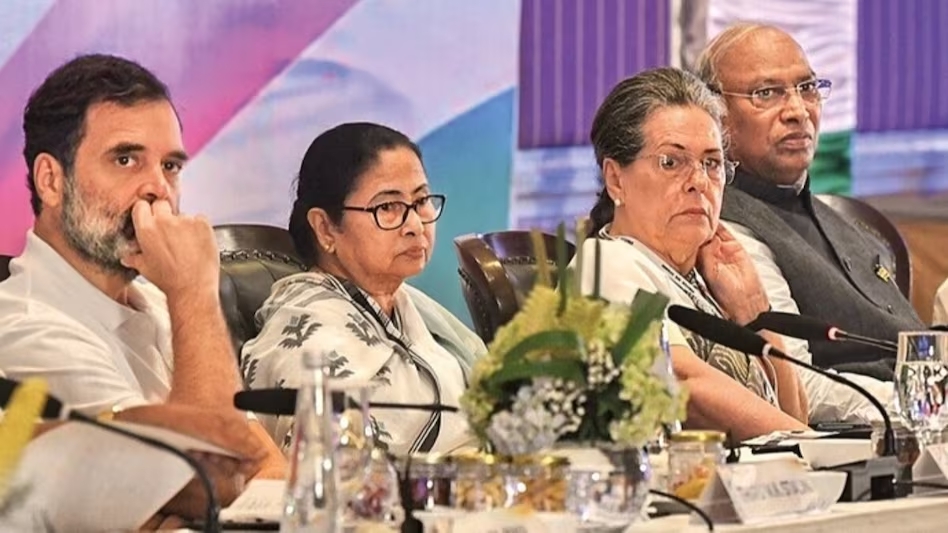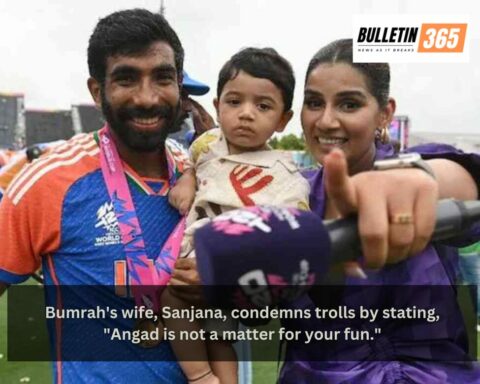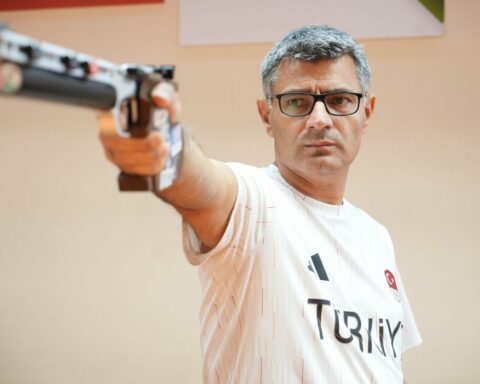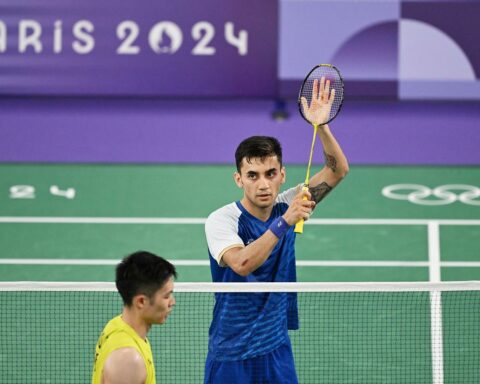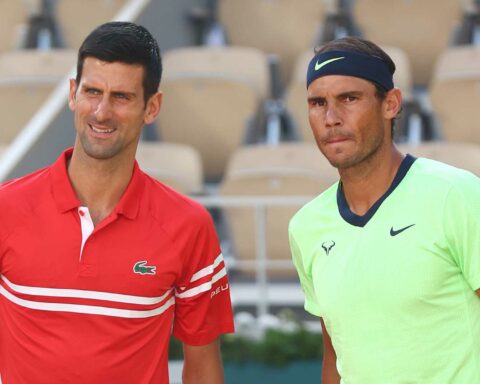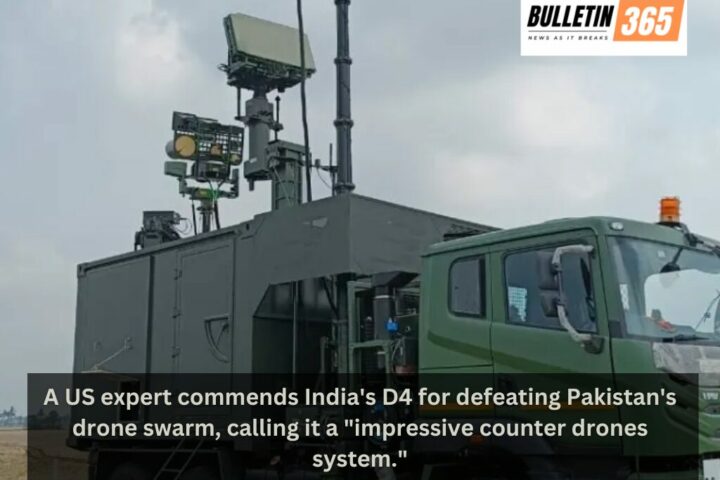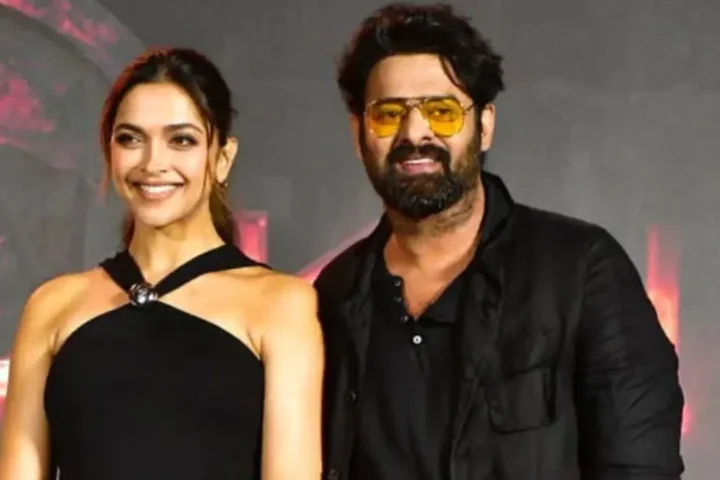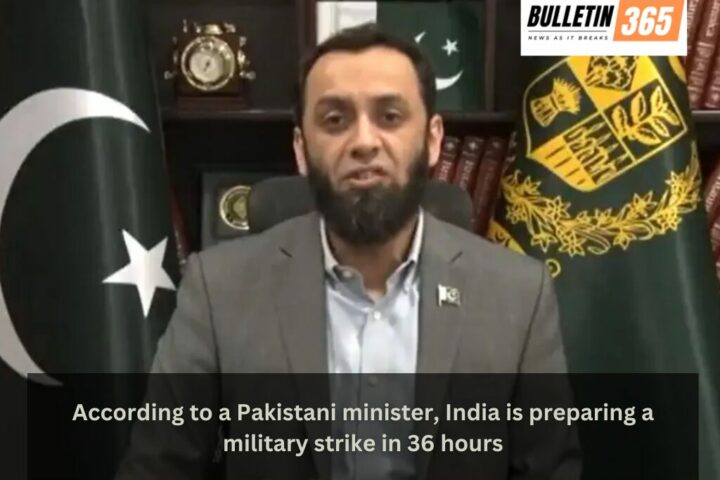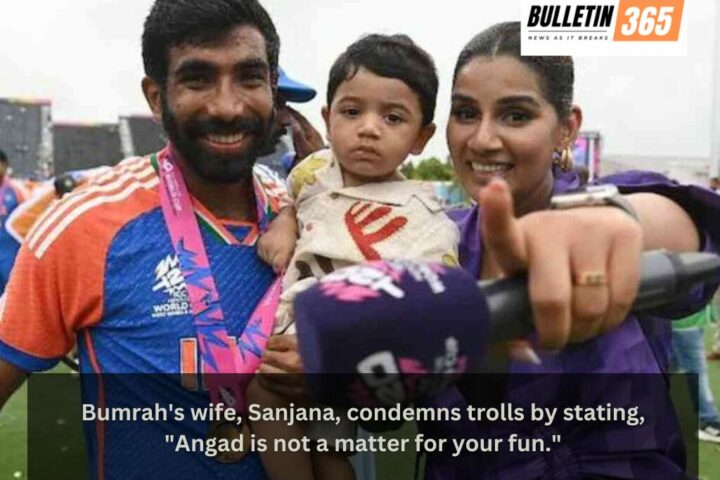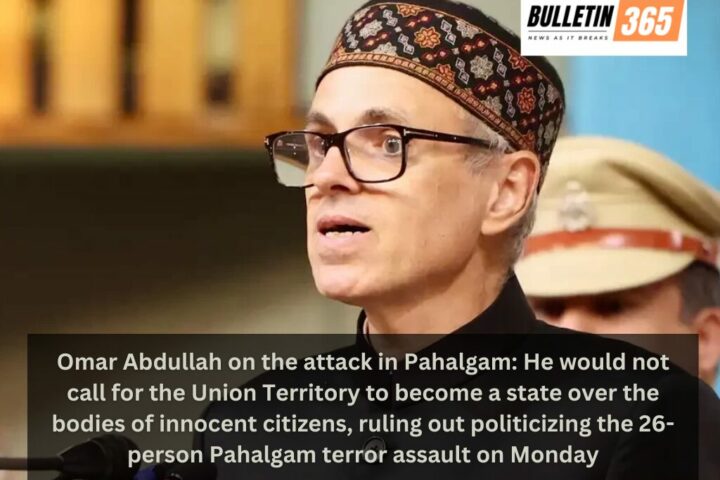The political landscape of West Bengal is bracing for a triangular battle in the upcoming Lok Sabha elections with the Trinamool Congress (TMC) deciding to part ways with the INDIA Bloc, leaving Congress in a lurch. This article delves into the recent developments that have shaken the political alliances in Bengal and the subsequent reactions.
TMC’s Unilateral Move
Mamata Banerjee, the Chief Minister of West Bengal and the face of TMC, announced the party’s decision to contest the elections alone, dismissing any potential alliance with the Congress. The party rolled out its list of 42 candidates for all Lok Sabha seats in Bengal, thus formally severing ties with the INDIA Bloc.
“Today, I will bring before you 42 candidates for the 42 Lok Sabha seats in Bengal,” Mamata Banerjee announced during the Jana Garjan Sabha in Kolkata.
The TMC’s move, however, didn’t sit well with the Congress, which called for a respectable seat-sharing agreement and voiced its disappointment over TMC’s unilateral announcement.
Congress MP Jairam Ramesh expressed his disappointment, saying,
“The Indian National Congress has repeatedly declared its desire to have a respectable seat-sharing agreement with the TMC in West Bengal. The Indian National Congress has always maintained that such an agreement has to be finalised through negotiations and not by unilateral announcements.”
TMC’s First List
The TMC’s first list of candidates for the Lok Sabha elections was declared during the massive rally at Brigade Ground. The list featured a mix of veteran leaders and fresh faces, including former cricketer Yusuf Pathan from Baharampur and Bollywood veteran Shatrughan Sinha from Asansol.
In a notable omission, Nusrat Jahan, Mimi Chakraborty, Aparupa Poddar, and Arjun Singh, who had previously represented the party, did not find a place in the list.
The Triangular Contest
With TMC’s decision to go solo, the electoral battle in West Bengal is poised to be a triangular contest among TMC, BJP, and the Congress-Left alliance. The move has intensified the political rivalry in the state, with each party gearing up for a fierce face-off in the upcoming elections.
Interestingly, this is not the first time that TMC has chosen to go solo. In the past, Mamata Banerjee has expressed her distaste for alliances, with her party often choosing to contest alone.
Rally: A Show of Strength
The rally, named ‘Jana Garjan Sabha,’ held at Brigade Ground, was a show of strength by the TMC, attracting thousands of supporters. The rally, featuring three platforms, was a unique gathering that allowed the speakers to reach closer to the public.
The rally also marked the party’s first large-scale gathering at the ground since the opposition meeting in January 2019, where leaders from 19 opposition parties were united in a show of solidarity.
Politics Over Years At Brigade Parade Ground
The Brigade Parade Ground has been a hotbed of political activity over the years. Despite TMC’s grassroots organization, its seat count decreased from 34 to 22 in the 2019 Lok Sabha elections. Meanwhile, the BJP performed strongly, securing 18 seats in the state.
Since the 2021 assembly polls, the ruling party in the state has witnessed eight MLAs and two MPs switching sides to join the TMC.
The Ground Reality
The TMC’s decision to contest alone has undoubtedly made the political scenario in Bengal more complicated. The Congress, which was hoping to seal a seat-sharing deal, now has to re-strategize its electoral plan.
Despite the setback, the Congress remains hopeful of a strong performance in the elections. However, only time will tell how this political reconfiguration impacts the electoral outcome in Bengal.
Conclusion
The upcoming Lok Sabha elections in West Bengal promise to be a fierce battle, with the TMC, BJP, and Congress-Left alliance vying for the top spot. Whether the TMC’s decision to go solo will be a masterstroke or a miscalculation, only time will tell. One thing is certain, though – the political landscape of Bengal is set for a fascinating contest.

